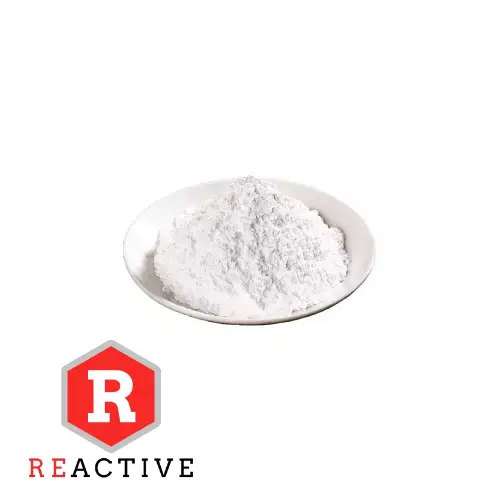Tibet Mag stated that the main advantages of the nickel-cobalt ore hydrometallurgical activated magnesia process are low acid consumption, high nickel-cobalt leaching rate, low neutralizer consumption and high purity of the leachate. The process flow is shown in the figure.
The specific process is as follows: the limonite-type laterite-nickel ore is leached with sulfuric acid under pressure, and the obtained flash slurry is directly neutralized and leached with the high-magnesium-containing humus-type laterite-nickel ore, and the residual heat of the flash-evaporated ore slurry is used for direct reaction. At the same time, in the presence of K+, Na+, and NH4+, by adding seed crystals, more than 80% of the iron in the solution forms jarosite precipitation, and then additional limestone slurry is added to promote the formation of more jarosite. During the neutralization and leaching process, the leaching rate of nickel can reach more than 89%, and the iron content in the leaching solution is less than 3g/L. Magnesium oxide is added to the neutralized leaching solution to produce a nickel-cobalt mixed product, which is finally sent to the refinery for refining treatment.
The magnesium oxide precipitation technology has been applied in the Australian project. The precipitation temperature of this technology is about 60-70°C, the nickel-cobalt precipitation rate is about 95%, the product contains 40%-50% water, and the Ni grade in the product is ~40%.

